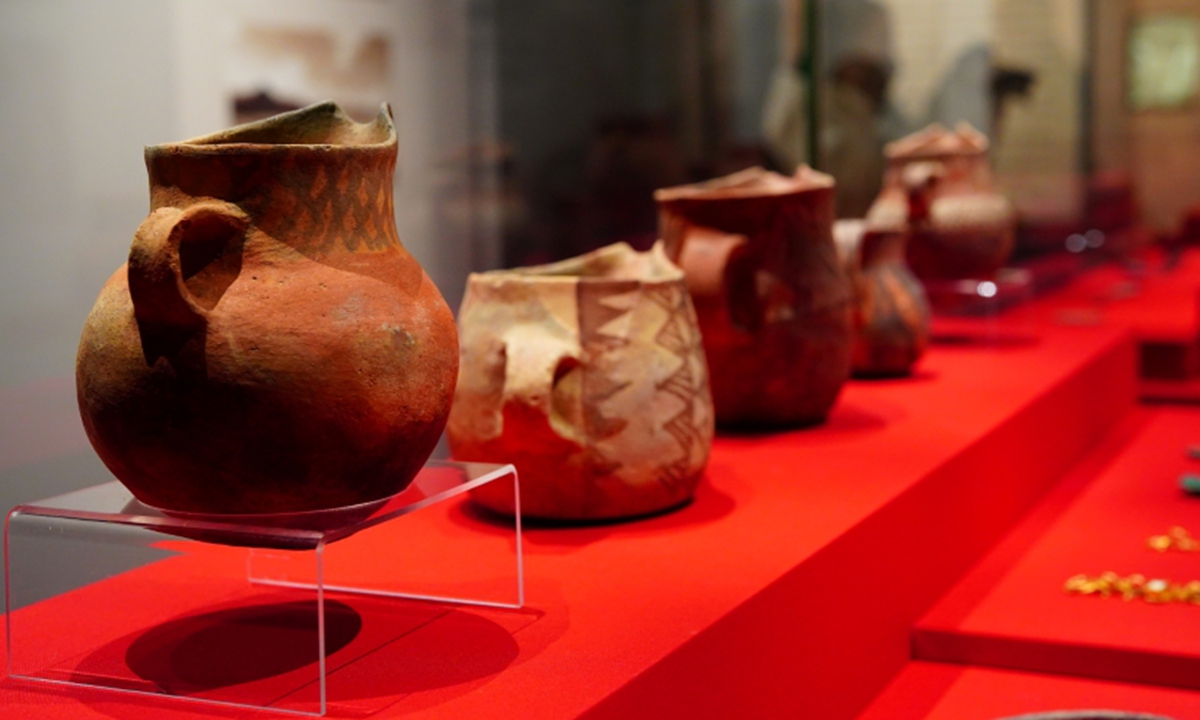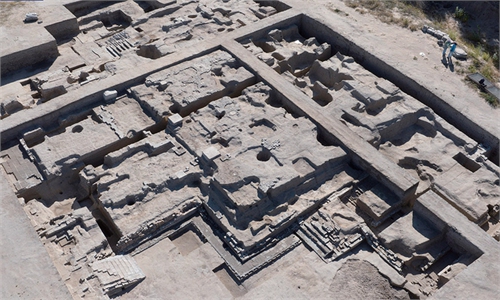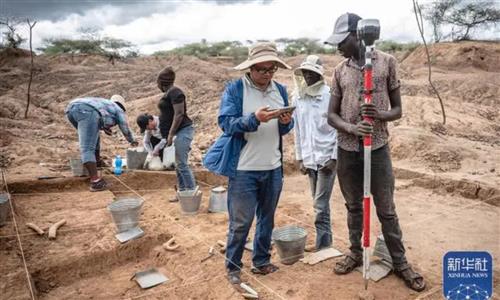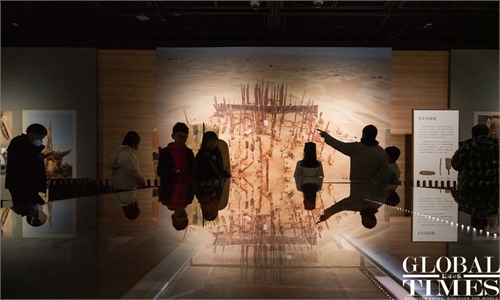ARTS / CULTURE & LEISURE
Xinjiang archaeological show in Beijing reveals China’s cultural unity, diversity

Photo: VCG
Including an exotically designed Bronze Age felt cap, a total of 108 archaeological artifacts discovered in Northwest China's Xinjiang Uygur Autonomous Region are now greeting visitors at the Capital Museum in Beijing.The exhibition has a special name inspired by the classic Chinese idiom "Zaizhan Zaizhi," which refers to a literati mindset of taking slow pace to appreciate the world's beauty. The name explains well the show's central idea of inviting viewers to look into Xinjiang's unique archaeological history boosted by its diverse ethnic cultures and the ancient Silk Road.
The exhibition is divided into four sections that explain the local archaeological history spanning from the end of the 19th century till today.
An old camera, a compass and weathered notebooks that belonged to archaeologist Huang Wenbi are on display. These items speak volumes about China's very early independent research in the Xinjiang region since Huang was one of the first Chinese archaeologists to set foot there after seeing a large number of local relics looted by Western and Japanese "explorers."
Archaeologist Jia Zhengyu told the Global Times that while Huang's belongings are not as time-honored as many of the relics discovered in Xinjiang, they are "priceless" in that they have encouraged generations of archaeologists to carry on with the mission of "Xinjiang archaeology."
Highlighted items at the exhibition include a color-painted silk garment discovered in Ruoqiang county in 2003. The piece, dating back to the Wei (220-265) and Jin (265-420) dynasties, embodies Chinese textile ingenuity, a specialty that led trade with the West along the ancient Silk Road.
Other stellar items at the show include a felt cap and a pottery lamp with a human face discovered in the city of Turpan in 1994.
The felt cap is decorated with a bird's feather. Xiong Gang, a folk culture expert, told the Global Times that its "exotic" look was inspired by the then customs of the western region of China.
Also discovered in Ruoqiang county, a wooden slip from the Wei and Jin dynasties reveals how the Central Plain's political ethos influenced the governing practices of ancient Xinjiang.
"Cultural diversity is not the only characteristic of Xinjiang culture; the essence is that the autonomous region is diverse, but unified by the common beliefs of Chinese civilization," Xiong emphasized.
Prior to the Beijing tour, the exhibition debuted at the Xinjiang Art Museum in Urumqi, capital of Xinjiang in November.
Li Wenying, director of the Institute of Cultural Relics and Archaeology, said that over the past few decades, the region's archaeological growth has upgraded from being "merely interpreting fragmented information about cultural relics" to today's new landscape of using "scientific and systematic archaeological approaches."
"Xinjiang archaeology is a specialty of Chinese archaeology. It shows the country's unique approaches to the subject," Li emphasized.
The Beijing exhibition is scheduled to end on May 19. A staff member at the Capital Museum told the Global Times that they are anticipating greeting even more visitors after the tourist peak during the Spring Festival holiday.



